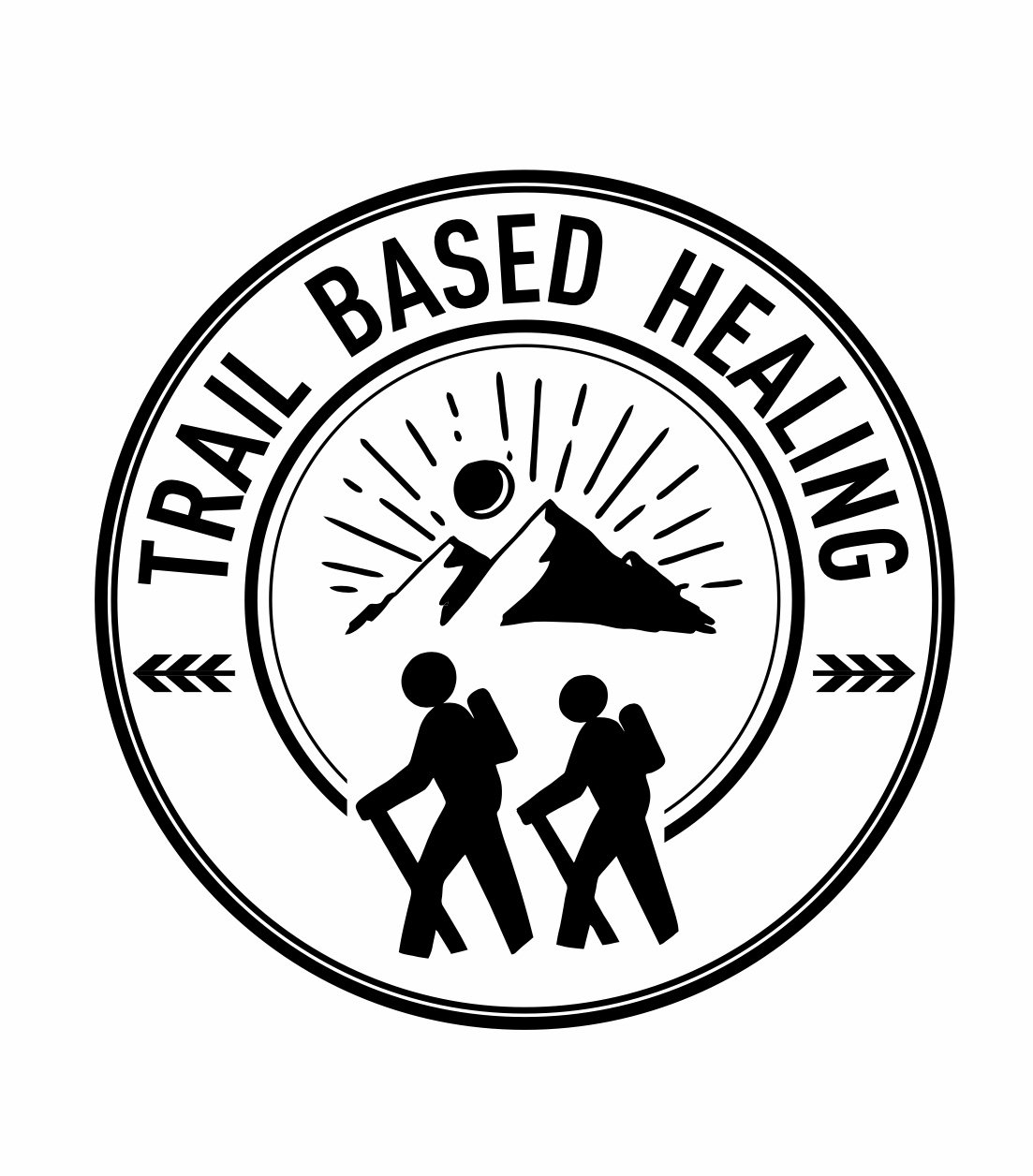The Science of Stress Relief: Why Nature Heals
In a world that rarely pauses, stress has become the undercurrent of our daily lives. We carry it in our bodies—tight shoulders, clenched jaws, restless sleep. We carry it in our minds—racing thoughts, constant worry, and an ever-growing to-do list. But the Earth, in her quiet wisdom, offers us a different rhythm.
And science is beginning to catch up with what many of us have intuitively known: time in nature significantly reduces stress—mentally, emotionally, and physically.
Nature and the Nervous System
One of the most powerful ways nature supports stress reduction is by helping shift our nervous system from “fight-or-flight” (sympathetic mode) into “rest-and-digest” (parasympathetic mode).
A 2019 study published in Frontiers in Psychology found that spending just 20 minutes in nature—even sitting quietly or walking—significantly lowered cortisol levels, the primary hormone related to stress. The researchers noted that longer durations brought even greater benefits, but even a short forest walk had measurable physiological effects.
Study: Hunter, M. R., Gillespie, B. W., & Chen, S. Y. P. (2019). Urban Nature Experiences Reduce Stress in the Context of Daily Life. Frontiers in Psychology, 10, 722.
Your Brain on Trees
When we immerse ourselves in natural environments—especially forests—our brains shift into a more calm and open state. EEG brain scans show increased alpha wave activity, associated with relaxed alertness and creative thinking.
Japanese researchers studying “Shinrin-yoku” (forest bathing) found that participants who walked in forests had lower blood pressure, reduced heart rate, and significantly less anxiety compared to those walking in city environments. The natural environment itself seems to act as a co-regulator of our inner systems.
Study: Park, B.-J., Tsunetsugu, Y., Kasetani, T., Kagawa, T., & Miyazaki, Y. (2010). The physiological effects of Shinrin-yoku (taking in the forest atmosphere or forest bathing): evidence from field experiments in 24 forests across Japan. Environmental Health and Preventive Medicine, 15(1), 18–26.
Why It Works: The Nature Connection
There are many theories behind nature’s healing magic, but one leading explanation is called Attention Restoration Theory (ART). It suggests that being in natural environments helps “reset” our mental fatigue by engaging our effortless attention—the kind that doesn’t require willpower or focus, like watching sunlight ripple on water or leaves flutter in the breeze.
Unlike scrolling or multitasking, these soft fascinations give our prefrontal cortex a break—allowing us to return to life with more mental clarity, emotional regulation, and presence.
The Invitation: Let the Land Hold You
You don’t need to summit mountains or escape for a week to benefit. Even a quiet 10-minute sit by a tree, barefoot time in your yard, or walking a local trail can create a shift.
And when you’re ready to go deeper—to let the trail be your teacher, to reconnect with your inner calm and wild self—that’s what my retreats are for. Nature is waiting to hold you.
Want a Guided Practice?
Download my free “Mindset for New Backpackers” guide to begin your journey with clarity, courage, and grounding.

